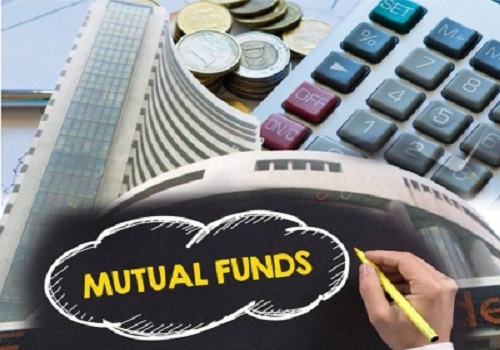India in high-income category, likely to move to upper-middle-income country by 2047: Bibek Debroy

Expressing optimism over India’s income level, Economic Advisory Council to the Prime Minister (EAC-PM) Chairman Bibek Debroy has said that some states in India are already in the high-income category in purchasing power parity (PPP) terms, and the country is likely to move to the upper-middle-income country by 2047. He further said any presumption that the Indian economic growth rate will be driven only by exports may be misleading because there are plenty of endogenous sources of growth.
He said ‘in 2047, India will probably move to the upper middle income category...Some states in India, at least in PPP terms, are already in the high income category’. According to the World Bank's definition, a country with a per capita annual income of over $12,000 is considered as a higher-income nation. India, which is the world's fifth largest economy, is currently classified as a developing nation.
Prime Minister Narendra Modi has set an ambitious target of making India a developed nation by 2047. A developed country is typically characterised by a relatively high level of economic growth, a general standard of living, and higher per capita income as well as performing well on the Human Development Index (HDI) that includes education, literacy and health.

















